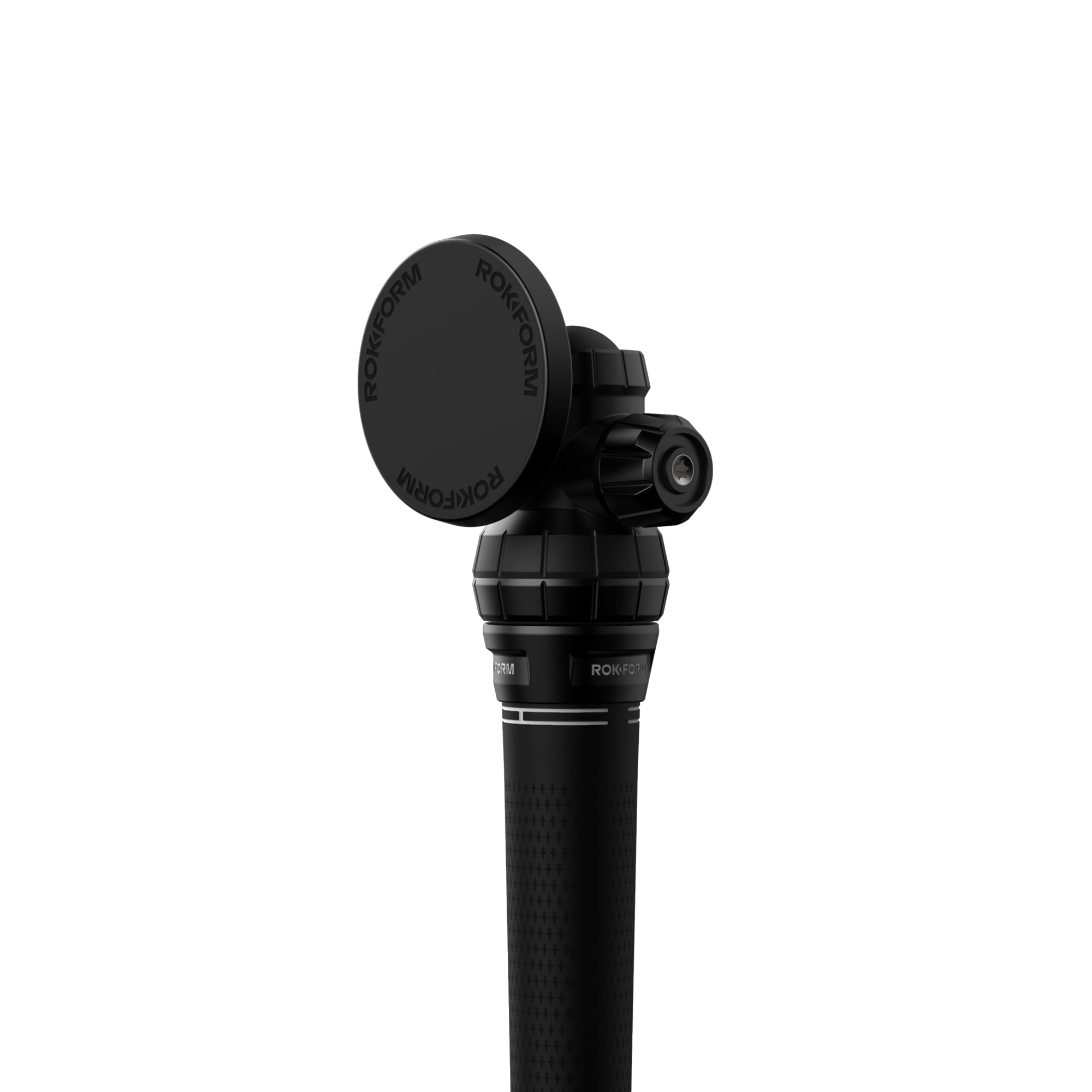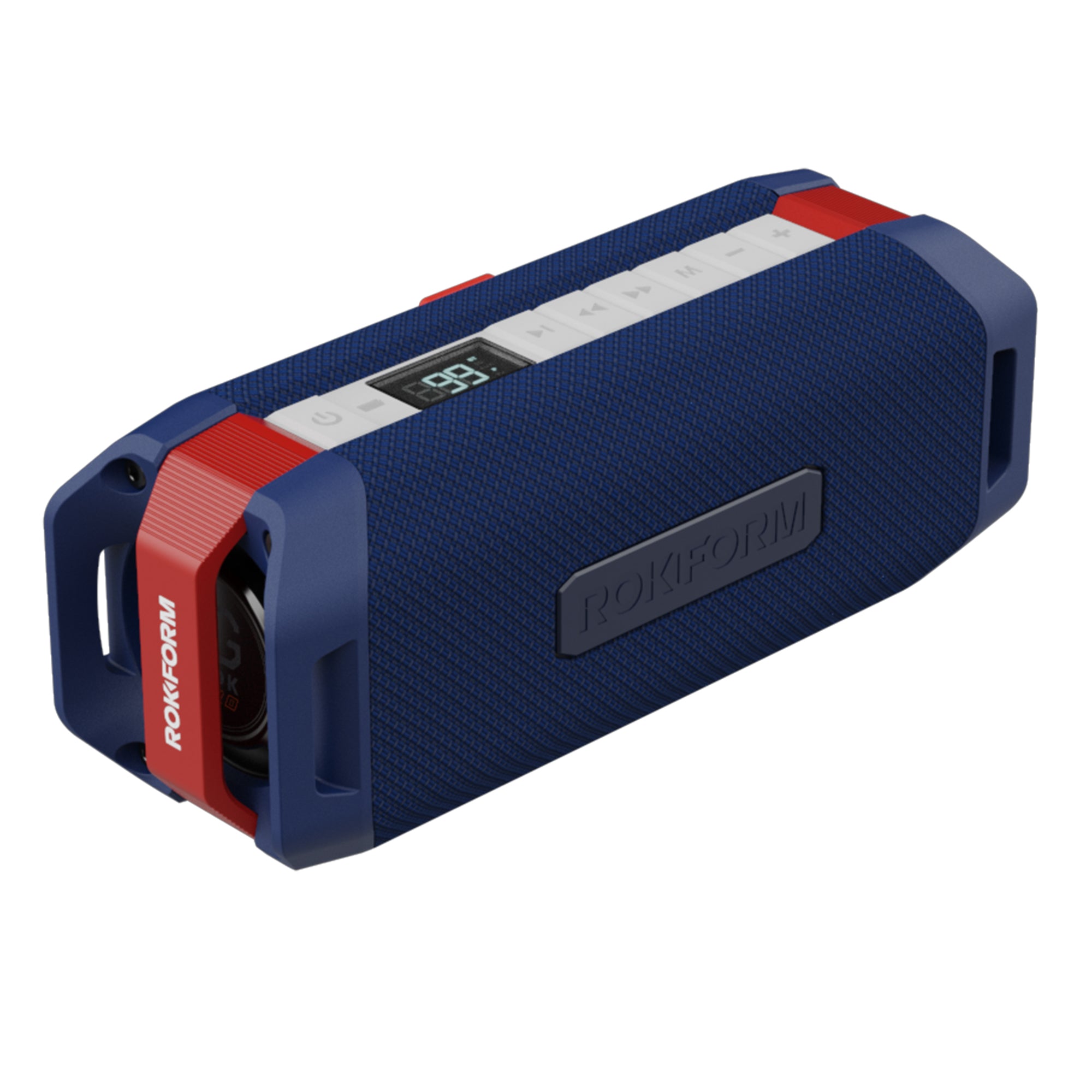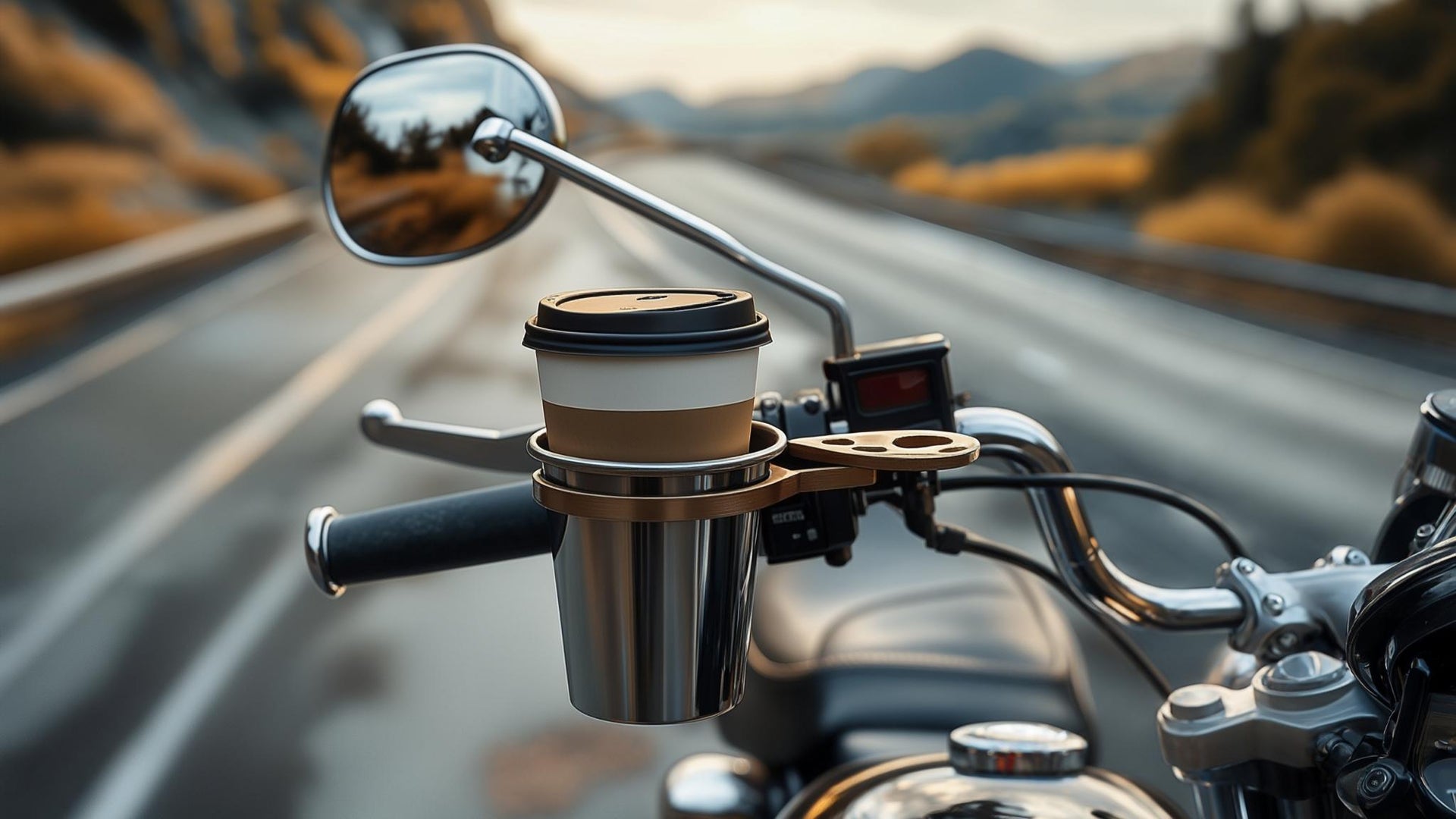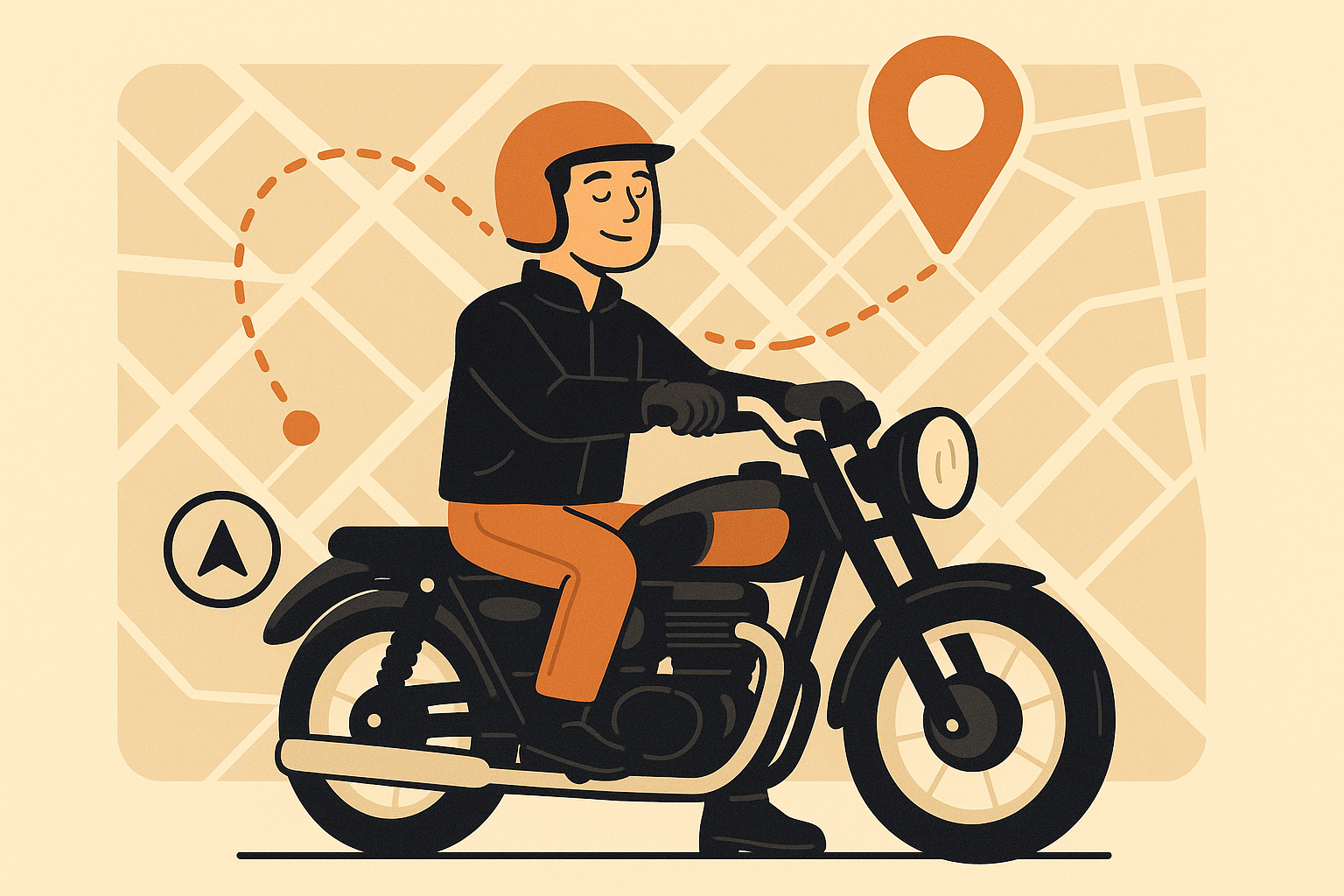
Table of Contents
The Mental Prison of Motorcycle Ownership
Why Your Security Theater is Making You a Target
How Modern Trackers Became Invisible Guardians
The Insurance Game Has Changed (And You're Winning)
Smart Integration: When Your Bike Becomes Your Partner
Making It Work: Installation Without the Headaches
Rokform's Role in Your Complete Security Setup
TL;DR
That constant worry about your bike getting stolen is killing your joy—GPS trackers fix that
Heavy chains and loud alarms actually attract thieves; invisible tracking works because they never see it coming
Modern systems like Monimoto 9 learn your bike's quirks and work seamlessly without you thinking about them
Insurance companies now give real discounts for GPS tracking and work directly with tracker companies for faster recovery
Today's trackers double as maintenance monitors, telling you about problems before they strand you
Installation is easier than you think, but placement and power source matter more than most people realize
Rokform mounts give you secure access to your tracking apps while riding—invisible security with visible control
The Mental Prison of Motorcycle Ownership
Last Tuesday, I was halfway through my morning coffee when my phone buzzed. "BIKE MOVEMENT DETECTED." My heart stopped for a second until I remembered—oh right, my neighbor was just moving his car. Six months ago, that same alert would've had me sprinting to the parking lot in my pajamas.
Here's the thing nobody talks about: owning a motorcycle comes with this nagging worry that ruins your rides. According to the National Insurance Crime Bureau (NICB), motorcycle thefts went up by 7% from 2021 to 2022, with an average of 4,561 motorcycles stolen each month in 2022. That's one bike every ten minutes. A motorcycle gps tracker doesn't just tell you where your bike is—it gives you permission to stop being paranoid about it.
For riders who get serious about protection, best motorcycle phone mount solutions work perfectly with GPS tracking, keeping your monitoring interface secure and accessible while you're out there actually enjoying your bike.
Living Under the Hypervigilance Tax
You know that feeling—parking somewhere new and spending the entire meal wondering if your bike's still there. That moment when you're enjoying dinner and suddenly think, "Wait, did I lock my bike?" Then you spend the next hour distracted, checking your phone, maybe even cutting the evening short to go check.
I've watched riders spend more time looking over their shoulders than enjoying the road ahead. That's what I call the hypervigilance tax, and it's costing you way more than money—it's stealing your riding joy.
GPS trackers work silently in the background, sending alerts to your phone the moment someone so much as breathes on your bike. No more cutting dinner short to check the parking lot. No more avoiding that perfect mountain road because the parking looks sketchy.
Take Sarah—she used to limit her weekend rides to familiar areas with "safe" parking. After installing a Monimoto 9 tracker, she expanded her radius by 200 miles, discovering mountain routes she'd never dared explore before. The instant alerts meant she could enjoy a leisurely lunch at a remote cafe without constantly glancing at the parking lot. Her system learned her bike's patterns within weeks, eliminating false alarms while keeping complete watch. That tracker transformed her riding from anxious short trips to confident long-distance adventures.
When Community Becomes Your Security System
We've all done it—asked another rider to "keep an eye on my bike" while grabbing coffee. It works sometimes, but you're essentially making your security someone else's responsibility. And let's be honest, that other rider probably wants to enjoy their coffee too, not play security guard.
A motorcycle tracker flips this dynamic completely. Your tracker doesn't get distracted by conversation or need to leave early. It's watching your bike with electronic precision while you build genuine connections with fellow riders instead of turning them into unpaid security staff.
How Insurance Psychology Shifted Everything
Insurance used to be simple: pay premiums, hope nothing happens, accept total loss if something does. GPS tracking rewrote those rules entirely.
Now insurance companies offer real-time premium adjustments based on your tracker data. Park in a secure garage? Lower rates. Ride through low-crime areas? Better pricing. Your Monimoto 9 isn't just protecting your bike—it's actively reducing your insurance costs by providing the data insurance companies need to offer personalized rates based on actual risk, not just demographics.
Why Your Security Theater is Making You a Target
Here's something that'll blow your mind: that $200 chain you bought is basically a neon sign saying "expensive bike here." Professional thieves see heavy security and think jackpot, not deterrent.
I learned this the hard way watching a friend's heavily secured bike disappear in under three minutes. The thieves came prepared specifically because they saw the elaborate lock setup. Meanwhile, my bike with its hidden tracker sits unnoticed and untouched.
The Overconfidence Trap of Visible Deterrents
Professional theft operations are specifically prepared to defeat visible security measures. They work quickly and efficiently, but they're completely unprepared for silent tracking systems that activate after they think they've won.
According to research from Bennetts BikeSocial, recovery rates of over 90% are common from leading GPS tracking companies, while traditional visible security has maybe a 5% success rate at preventing theft.
The best gps tracker for motorcycle protection works precisely because it remains invisible until recovery time. Thieves have no idea they're being tracked until law enforcement shows up at their location.
Why Professional Thieves Love Your Alarm System
Motorcycle alarms go off constantly in urban areas. Nobody investigates anymore—they just get annoyed. Professional thieves know this and use it to their advantage.
They'll trigger your alarm intentionally to see response times, then return when they know nobody's paying attention. Your expensive alarm system becomes their timing tool.
A motorcycle tracker works differently. It operates in complete silence, activating only when your bike moves without authorization. No sounds, no lights, no indication that tracking is happening—until law enforcement shows up at the thief's location.
The Economics of Recovery vs. Prevention
Prevention-focused security is expensive upfront with zero return on investment. You spend hundreds on locks and alarms, then hope you never need them. GPS tracking flips this model completely.
Your tracker pays for itself through insurance discounts, successful recoveries, and peace of mind. When someone tries to steal your bike, you're not hoping your chain holds—you're watching them in real-time and coordinating with police for recovery.
Security Method |
Upfront Cost |
Annual Cost |
Recovery Rate |
ROI Potential |
|---|---|---|---|---|
Heavy Chain & Lock |
$150-300 |
$0 |
5% |
Negative |
Disc Lock + Alarm |
$100-200 |
$0 |
8% |
Negative |
GPS Tracker (Monimoto) |
$169 |
$34 |
90%+ |
Positive via insurance discounts |
Professional Installation |
$200-400 |
$60-150 |
95%+ |
High via recovery & insurance |
How Modern Trackers Became Invisible Guardians
These new GPS trackers are pretty smart—they do way more than just tell you where your bike is. Modern trackers aren't the bulky boxes you remember from early GPS systems. The Monimoto 9 is smaller than a deck of cards and integrates so seamlessly that even experienced mechanics often miss it during routine service.
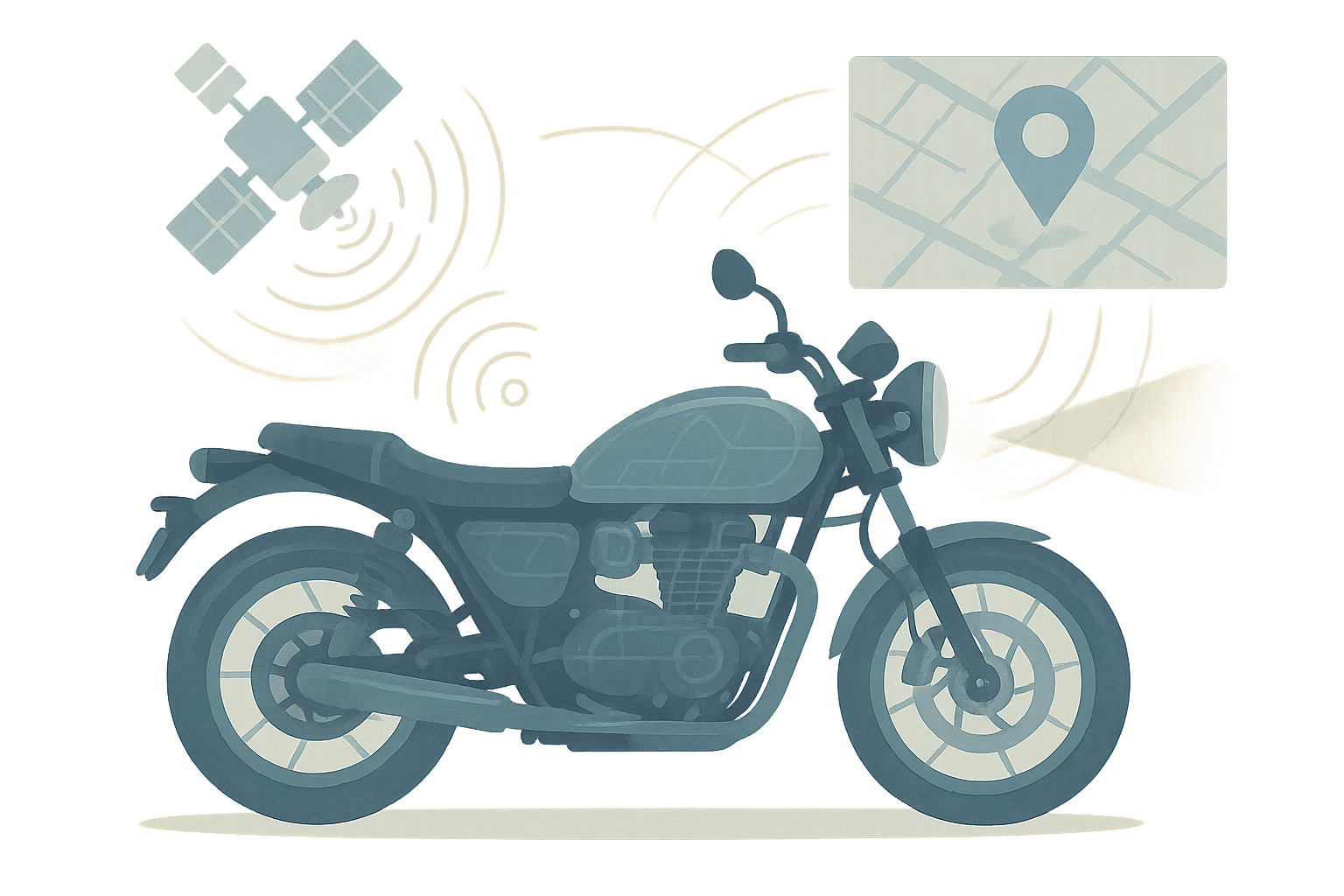
Understanding how motorcycle technology evolved helps explain why adventure motorcycle riding has become more accessible—modern GPS tracking gives you confidence for remote exploration.
Stealth Integration That Actually Works
These systems tap into your bike's electrical system without drawing noticeable power. Months of standby operation, instant activation when needed, and zero impact on performance. I've had mine for eight months and honestly forget it's there until I get an alert.
The Monimoto 9 represents what happens when engineers actually ride motorcycles. It installs completely out of sight while maintaining full functionality—no compromises.
Teaching Your Tracker to Know Your Bike
Here's what blew my mind: your bike has a unique vibration signature, different from every other motorcycle. Modern trackers learn these patterns over the first few weeks, becoming incredibly accurate at detecting unusual activity.
Starting your bike for a warm-up? The tracker knows. Rolling it forward to wash behind the rear wheel? Normal activity. Someone trying to push it away at 2 AM? Instant alert to your phone.
Mike's Harley-Davidson has a distinctive idle vibration that his Monimoto 9 learned within two weeks. Now the system ignores normal engine warm-ups but immediately alerts him when his neighbor accidentally bumped the bike while parking. The machine learning eliminated 90% of false alerts while maintaining full security coverage.
Smart Environmental Adaptation
Parking in your garage triggers different sensitivity settings than street parking. The tracker knows the difference and adjusts accordingly. Wind moving your bike slightly in a parking lot won't trigger alerts, but someone lifting it onto a trailer will.
Environmental adaptation extends to weather conditions, traffic vibrations, and even construction activity nearby. Your tracker gets smarter about your specific parking situations over time.
Alerts That Actually Work When You Need Them
Single points of failure killed early tracking systems. Modern systems use multiple cellular carriers, switching automatically if one network fails. Your alerts get through even in dead zones.
Smart geofencing adapts to your behavior patterns instead of rigid geographic boundaries. Regular commute routes get different treatment than weekend adventure rides. The system learns your patterns and adjusts security zones accordingly.
Recent developments show just how critical this technology has become—"a bike stolen every three minutes in the US and around seven minutes in the UK, with as low as 5% ever returned to their owners" according to Cycling News, highlighting why advanced motorcycle gps tracker systems are essential for recovery.
The Insurance Game Has Changed (And You're Winning)
Insurance companies used to be pretty simple about motorcycle theft: pay your premium, cross your fingers, and if someone steals your bike, you're basically screwed. But GPS trackers changed the game completely.
Real-Time Risk Assessment Revolution
Now they're like, "Oh, you have a tracker? Here's 25% off your premium." Some even work directly with the tracker companies, so when your bike gets stolen, they're already calling the cops before you've finished panicking.
Your riding and parking habits directly influence your insurance costs in real-time, not just at renewal. Park in a secure garage? Your rates drop automatically. Avoid high-crime areas? Better pricing. The tracker pays for itself through insurance savings alone, before you even consider the theft protection benefits.
According to SpaceHawk GPS testing, over 40% of stolen motorcycles were recovered, demonstrating how tracking technology is changing insurance risk calculations and enabling new premium structures.
Direct Recovery Partnerships
When your tracker alerts theft, your insurance company knows immediately. They're not waiting for you to file a claim—they're already coordinating recovery efforts with local law enforcement.
This partnership approach means faster response times, higher recovery rates, and lower claim costs. Everyone wins except the thieves, who suddenly face coordinated professional response instead of hoping you don't notice for hours.
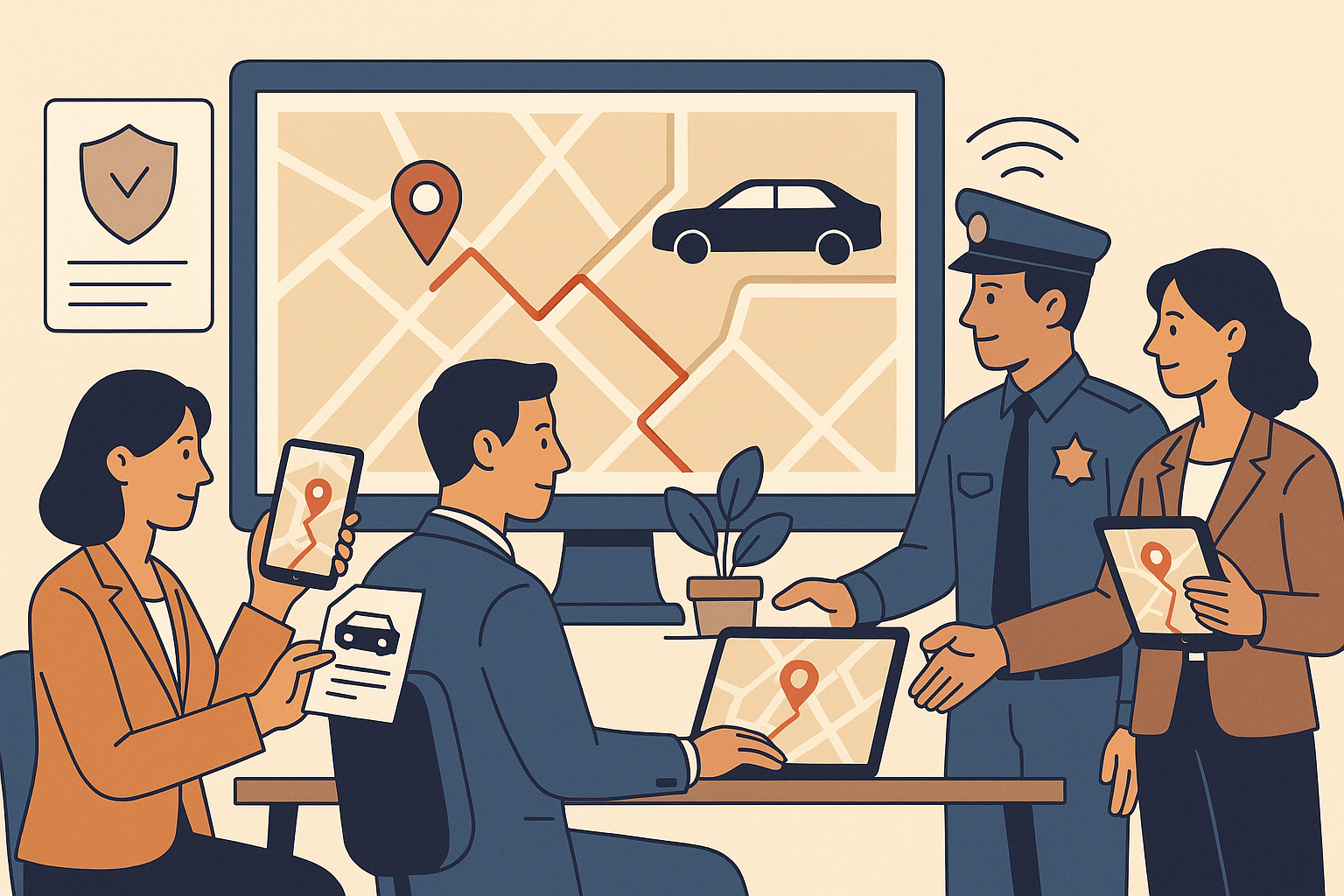
Law Enforcement Integration That Works
Police departments increasingly integrate directly with tracker systems. Your theft report includes precise location data, movement patterns, and real-time updates automatically. No more explaining where you think your bike might be.
Cross-jurisdictional tracking means your local police can coordinate with departments in other cities or states automatically. Thieves can't escape by crossing county lines anymore when your tracker provides continuous updates.
Smart Integration: When Your Bike Becomes Your Partner
Here's the thing about modern trackers that really got me—they're not just security devices anymore. They're like having a mechanic constantly monitoring your bike's health.
Modern riders who invest in comprehensive tracking systems often pair them with solid motorcycle maintenance guide practices to maximize both security and performance benefits.
Predictive Maintenance Through Vibration Analysis
Your tracker monitors more than location—it's analyzing your bike's health constantly. Unusual vibration patterns can indicate developing mechanical issues before they become expensive problems.
Chain tension changes, wheel bearing wear, engine mount problems—your tracker notices these developing issues through vibration signature analysis. Early warning means preventive maintenance instead of roadside breakdowns.
Tom's BMW adventure bike tracker detected unusual vibration patterns in the rear wheel assembly three weeks before his scheduled service. The early warning allowed him to discover loose spokes before they caused wheel failure during a remote mountain ride, potentially saving his life and avoiding an $800 wheel replacement.
Performance Analytics Integration
Your tracking system becomes a riding coach, analyzing routes for efficiency, identifying fuel-wasting habits, and suggesting optimal maintenance timing based on actual usage patterns.
Route optimization saves fuel and reduces wear. Performance analytics help you understand how different riding styles affect your bike's longevity. Data-driven maintenance scheduling prevents over-servicing and under-maintenance.
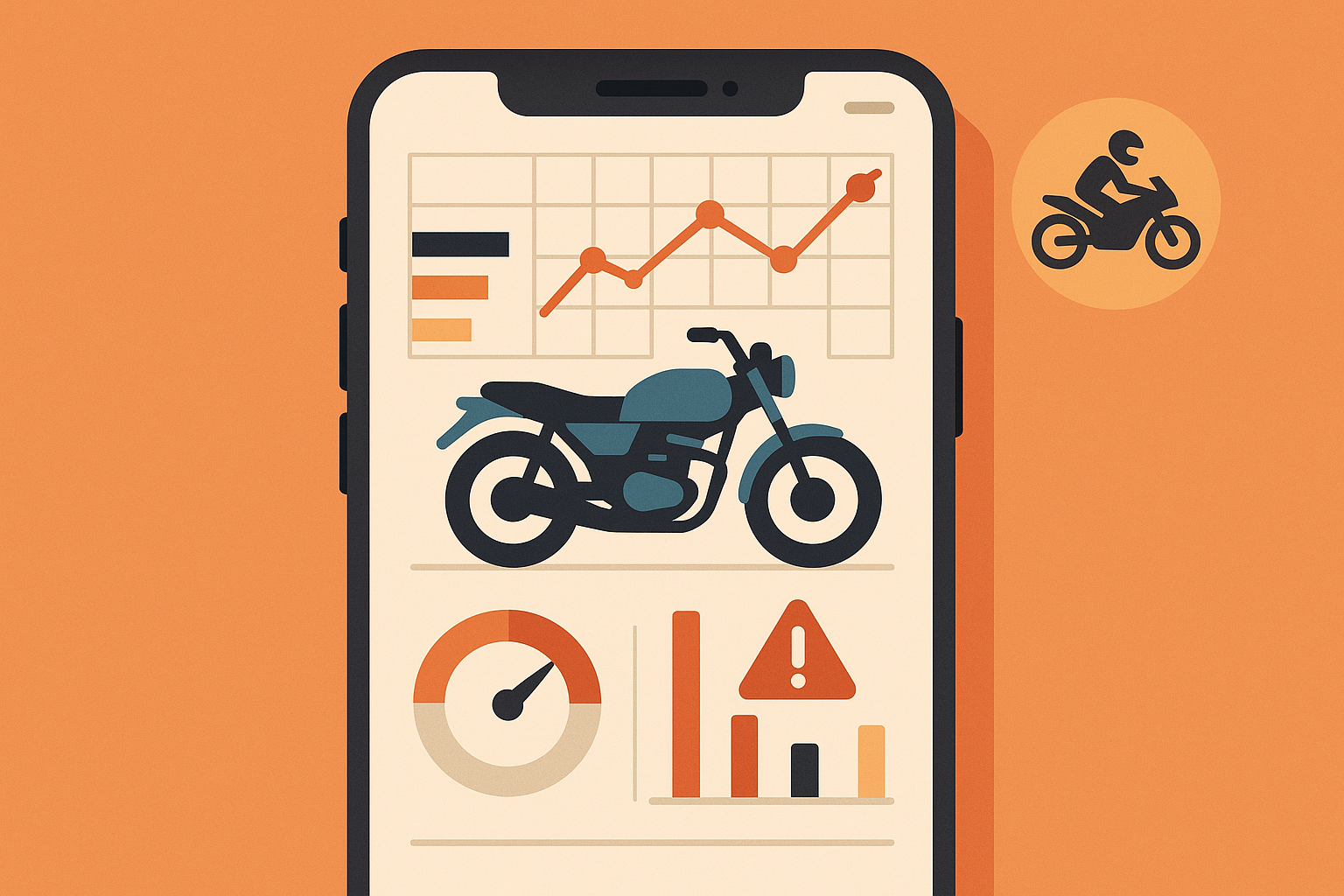
Making It Work: Installation Without the Headaches
Installing these things isn't rocket science, but there are a few things that'll save you headaches.
Power Source Strategy That Makes Sense
Look, you've got three options here. Hardwire it if you ride every day—it'll never die but you might need help installing it. Go battery if you're a weekend warrior—super easy to install but you'll need to charge it every few months. Solar hybrid sounds fancy but honestly, most people don't need it unless you're doing serious adventure touring.
Battery versus hardwired isn't just about convenience—it's about matching your riding patterns to power requirements. Daily commuters benefit from hardwired systems that never need charging. Weekend riders might prefer battery-powered flexibility.
Test your bike's electrical system capacity before hardwiring. Some older bikes have limited charging capacity that affects tracker performance.
Power Source |
Installation Difficulty |
Battery Life |
Maintenance |
Best For |
|---|---|---|---|---|
Hardwired |
High |
Unlimited |
None |
Daily riders, touring |
Rechargeable Battery |
Low |
2-6 months |
Monthly charging |
Weekend riders |
Replaceable Battery |
Low |
6-12 months |
Annual replacement |
Seasonal riders |
Solar Hybrid |
Medium |
Extended |
Minimal |
Adventure touring |
GPS Tracker Installation Checklist:
☐ Test electrical system capacity
☐ Identify optimal placement locations
☐ Check cellular signal strength at mounting points
☐ Gather required tools and mounting hardware
☐ Plan wire routing for hardwired systems
☐ Prepare weatherproofing materials
☐ Download and configure tracking app
☐ Test system before final installation
Placement Strategy for Maximum Effectiveness
First, test your cell signal in different spots on your bike—some places are dead zones. Under the seat usually works great. And for the love of all that's holy, don't put it somewhere your mechanic will see it during routine service. You want this thing to be your little secret.
Signal strength varies dramatically across your bike's frame. Avoid locations visible during routine maintenance. Thieves sometimes work as mechanics or know common hiding spots. The best placement is somewhere only you know about.
Weather protection matters more than you think. Vibration dampening prevents false alarms. Physical security prevents tracker theft—yes, thieves sometimes steal the trackers too.
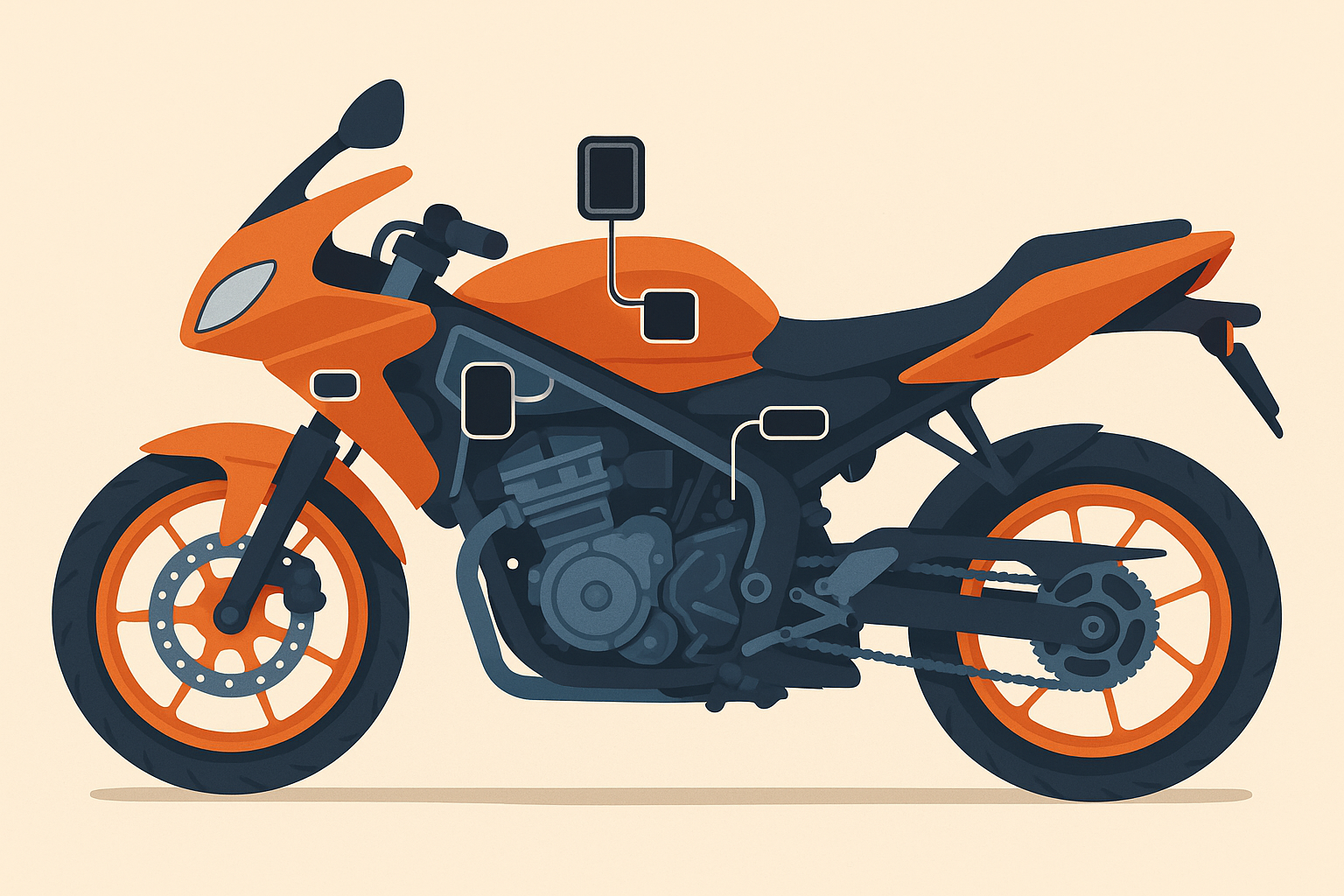
Research from Bennetts indicates that recovery times of just a few hours are very common from leading companies, emphasizing the importance of proper tracker placement for optimal signal transmission and quick recovery operations.
Professional installation often requires understanding your bike's electrical system, similar to how riders need to understand motorcycle accessories for optimal performance and safety.
Legal and Privacy Considerations
Document everything about your tracker installation. Ownership papers, installation photos, activation records—police need this information for recovery operations. Missing documentation can delay or prevent recovery.
Understand your tracker company's data policies. Who has access to your location information? How long is data retained? What happens if the company is sold or goes out of business?
Privacy settings matter. Configure alerts and sharing permissions carefully. You want police access during theft but not constant surveillance otherwise.
Legal Documentation Template:
Tracker purchase receipt and warranty information
Installation date and location photos
Activation confirmation and account details
Insurance notification of tracker installation
Emergency contact authorization forms
Police report template with tracker serial number
Rokform's Role in Your Complete Security Setup
Here's where having a good phone mount makes all the difference. Your GPS tracker is doing its thing invisibly, but you need to see those alerts when you're riding. I use a Rokform mount because it actually keeps my phone secure (unlike those cheap ones that vibrate your phone to death), and I can check my tracker app without stopping.
GPS tracking works best when you can access it easily while riding. Rokform's motorcycle phone mounts provide secure, vibration-dampened access to your tracking apps without compromising phone security. The best gps tracking device for motorcycles handles the big picture while Rokform's mounting systems secure your real-time access to that protection.
The RokLock™ system protects your phone from theft while giving you instant access to GPS tracking alerts and controls. It's the visible security that actually makes sense—protecting your interface to the invisible security protecting your bike. It's like having mission control right on your handlebars.
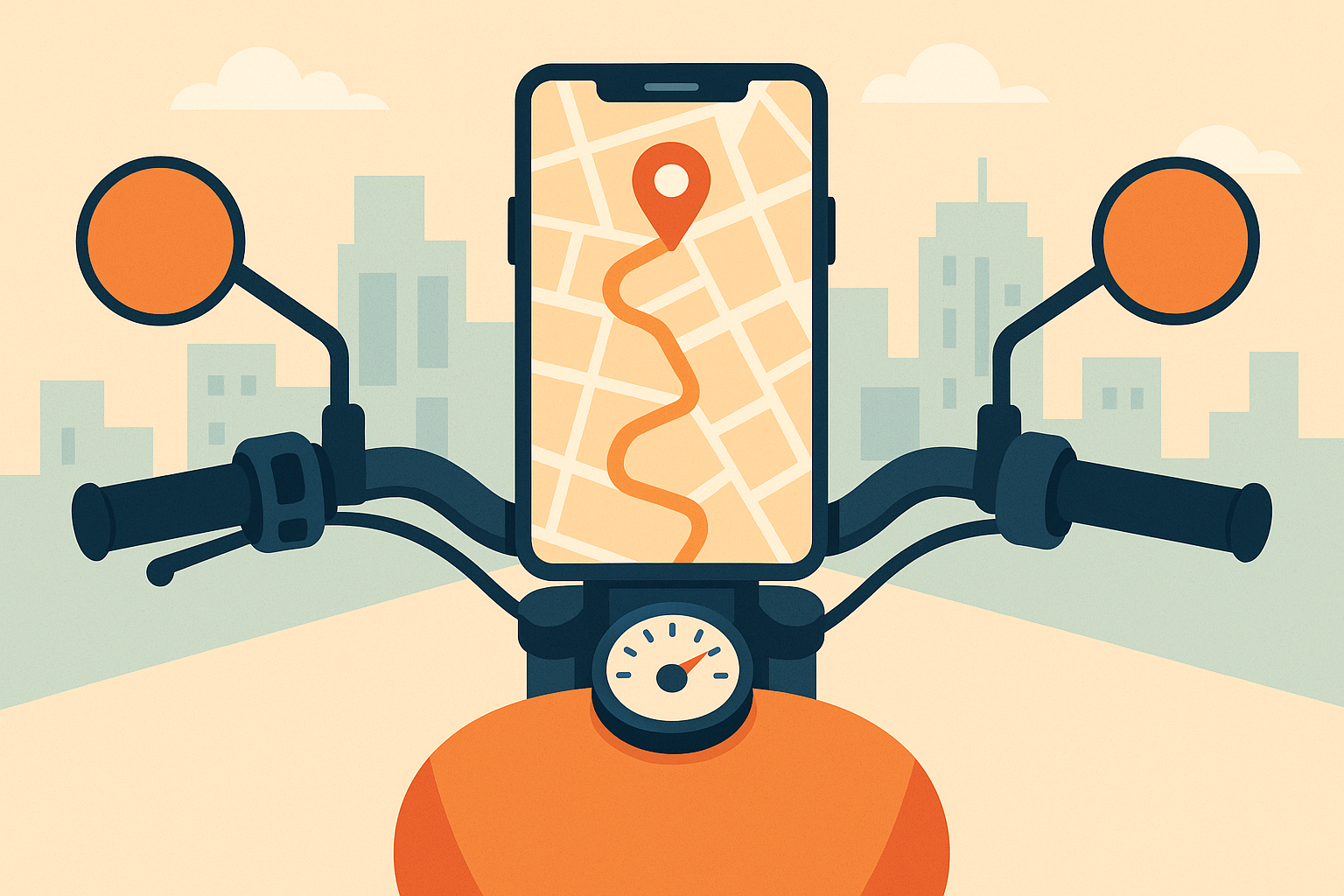
As Cycling Weekly reports, "GPS trackers can be split into two categories" with fully-fledged LTE GPS trackers providing "location information wherever they are in the world", making real-time phone access crucial for effective tracking for motorcycles monitoring and recovery coordination.
Riders serious about security often combine GPS tracking with professional-grade mounting solutions, understanding that motorcycle phone mount selection impacts both convenience and theft prevention strategies.
Ready to stop worrying about your bike and start enjoying your rides? Check out Rokform's motorcycle mounting solutions that complement your GPS tracking system perfectly.

Final Thoughts
Look, I'm not trying to sell you anything here. But after six months with a GPS tracker, I can't imagine riding without one. The peace of mind alone is worth it, but the insurance savings, the maintenance alerts, and knowing I can actually get my bike back if someone steals it? Game changer.
The key insight isn't that GPS trackers prevent theft—it's that they eliminate the mental burden of constant security vigilance while providing superior recovery capabilities when theft occurs. Combined with a decent phone mount so you can stay connected to all that protection while riding, it's the best money I've spent on motorcycle gear, period.
Your motorcycle deserves protection that works as hard as you do. Invisible, intelligent, and integrated—that's the future of motorcycle security, and it's available today.




